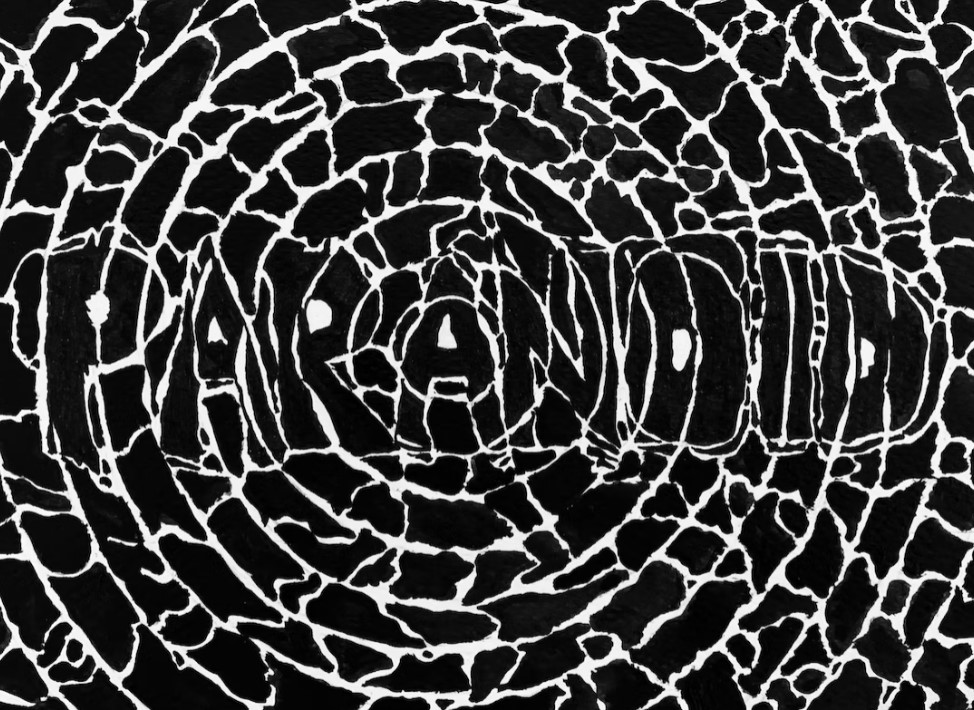Here are some key theme points of paranoia and hysteria in Arthur Miller’s ‘The Crucible’. This is a fascinating play that draws parallels between the climate of fear and paranoia surrounding the Salem Witch Trials in the late 1600s and the political fear of the spread of Communism in the mid-20th Century.
PARANOIA + HYSTERIA
- Hysteria among the villagers causes townsfolk to believe that their neighbours are committing crimes.
- The most obvious case is Abigail, who uses the situation to accuse Elizabeth Proctor of witchcraft and have her sent to jail, because of a personal vendetta. Later, she shows great skill in turning the courts against Proctor when he accuses her, of encouraging the girls to act as though they are possessed.
- Others thrive on the hysteria as well: Reverend Parris strengthens his position within the village, albeit temporarily, by making scapegoats of people like Proctor who question his authority. Mary Warren becomes hysterical during her confession and switches to blaming Proctor instead of Abigail, which creates further chaos. This is to save herself, as the other girls begin accusing her of sending her spirit to them. Thomas Putnam, a greedy landowner, capitalises on the situation. He takes advantage of the hysteria in order to accuse those whose land he could take over and turn into profit.
- Hale is a well-meaning character and a good man, he genuinely believes in witchcraft but part way through the play he realises the error of his earlier behaviour – he has in fact contributed to the escalation of hysteria in Salem, rather than curing it, by encouraging the panic about witchcraft.
The Theme of Power and Politics in ‘The Crucible’
- 17th-century Puritans lived in god-fearing, strict communities. Generally, the fear of God and the devil is the catalyst which drives the characters in the play into a frenzied state that stops them from thinking irrationally or clearly.
- The climate of fear in the narrative parallels the paranoia and hysteria that was sweeping through mid-20th century America. The House Un-American Activities Committee (HUAC) was created by the US government to investigate disloyalty within American communities – it scrutinised both individuals and organisations to check whether they had ‘Communist’ or ‘Fascist’ leanings. It investigated over 300 artists in Hollywood and targeted people such as Miller who seemed to exhibit anti-capitalist messages in their work (Miller was a socialist). Therefore, the Crucible is a defense of Miller’s own position and a warning to society in general about the potential dangers of such types of investigation, which were likely to create hysteria and lead to false convictions.












